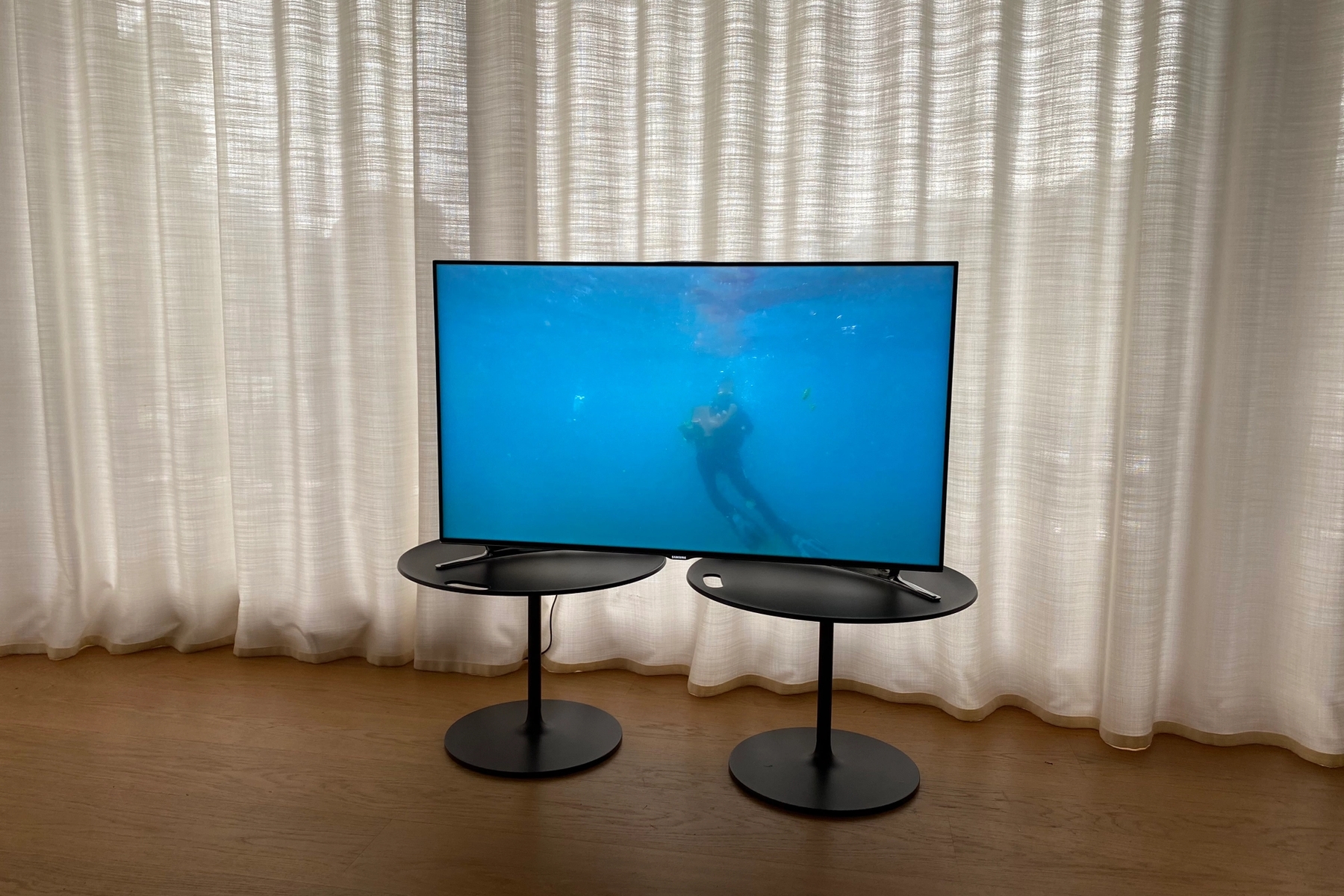Modern nature, An Homage to Derek Jarman
'Modern nature, an Homage to Derek Jarman' (Part 2) took place at La Becque on September 25–27, 2020.
Participants were Félicia Atkinson, Adrien Chevalley, Victor Delétraz, Anne-Laure Franchette, Dorota Gawęda & Eglė Kulbokaitė, Marie Griesmar, L’Atelier du Paysage, Jose Cáceres Mardones, Julie Monot, Alessandra Novaga, Florence Peake, Jessy Razafimandimby, Rose & Mathilde, Prem Sahib, Rosario Talevi and Time Is Away.
Documentation by Julien Gremaud and Diana Martin.
Conceived jointly by Basel-based curator Elise Lammer and La Becque, Modern Nature: An Homage to Derek Jarman is a three-year project which comprises the development of a garden and an artistic programme inspired by the life and work of British filmmaker, activist, artist and activist Derek Jarman (1942-1994). Created especially for Modern Nature, the garden located on the lakeside grounds of La Becque is a tribute to the garden Jarman developed around his seaside cottage in Dungeness, on the southern coast of Kent during the eight years preceding his death from AIDS-related illness. Far from a perfect copy, La Becque’s Jarman-inspired garden is actually a reinterpretation of the principles that guided him throughout his gardening process, i.e. working with local and native species, creating scenography based on found elements, devising efficient biodynamic arrangements and avoiding walls or fences.

At La Becque the garden acts as a platform for artistic projects by Swiss and international contemporary artists working across the mediums of video, sculpture, performance and music. In late summer 2019 the first selection of living artists were put in dialogue with what was still a sparse garden and a rather minimal research archive.



Ranging from people who had worked closely together with Derek Jarman to younger artists whose practice strongly resonated with themes dear to him, the cohort’s connections to Jarman were somewhat intuitive and endorsed the capacity of his legacy to transcend generations and geographies.
As a result, this first series of works newly designed or adapted “for” this Swiss version of Prospect Cottage emerged under the overarching theme of “camp”.
Planned as an open-ended process of layering that could evolve over several years, the documented and undocumented synergies taking place between the artists’ contributions and the garden flora is gradually granting the garden its autonomy, eventually embodying what a living archive could be.
The second chapter of Modern Nature focuses on the notion of “queering nature”, unveiling newly-produced sculptures displayed in the garden, as well as readings, film screenings, and various artistic and musical performances.










